FDA
FDA 21 CFR 1040.10 - Laser Product Performance Standards
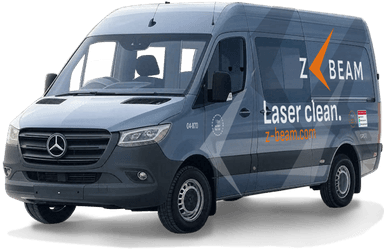
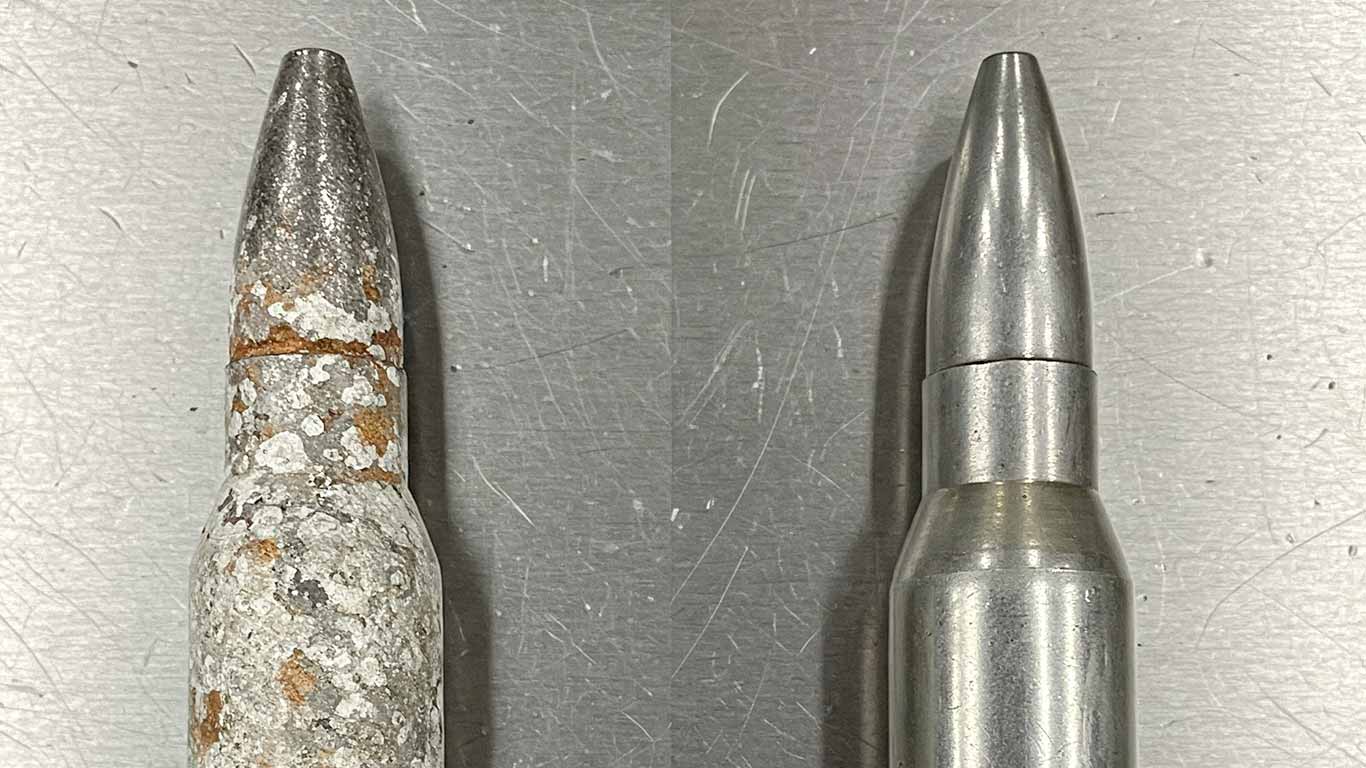

Cleaning lead with lasers is tricky due to its low melting point, leaving surfaces prone to heat damage in the process. I've gotten the best outcomes using lower power settings to gently strip away contaminants while keeping the material's dense structure intact for shielding applications, but always keep a close eye on it to avoid any softening or deformation at the end.
You see thick layers of grime and rust clinging tightly to the lead surface. Dark spots and uneven buildup scatter across the rough texture. This mess hides the metal's true form under a dull, patchy coat.
Start with the laser pass to strip away all that residue quickly. Now the surface gleams smooth and even without any scars. Fresh lead shines clearly, free from old stains and debris.

FDA 21 CFR 1040.10 - Laser Product Performance Standards
ANSI Z136.1 - Safe Use of Lasers
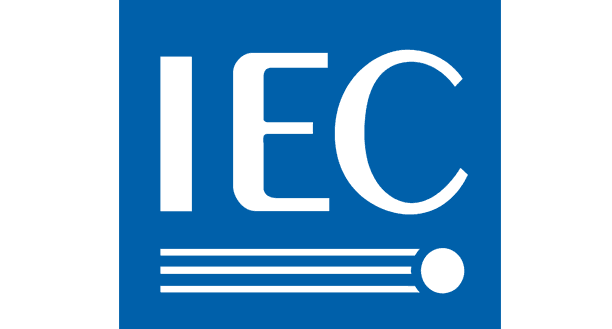
IEC 60825 - Safety of Laser Products

OSHA 29 CFR 1926.95 - Personal Protective Equipment